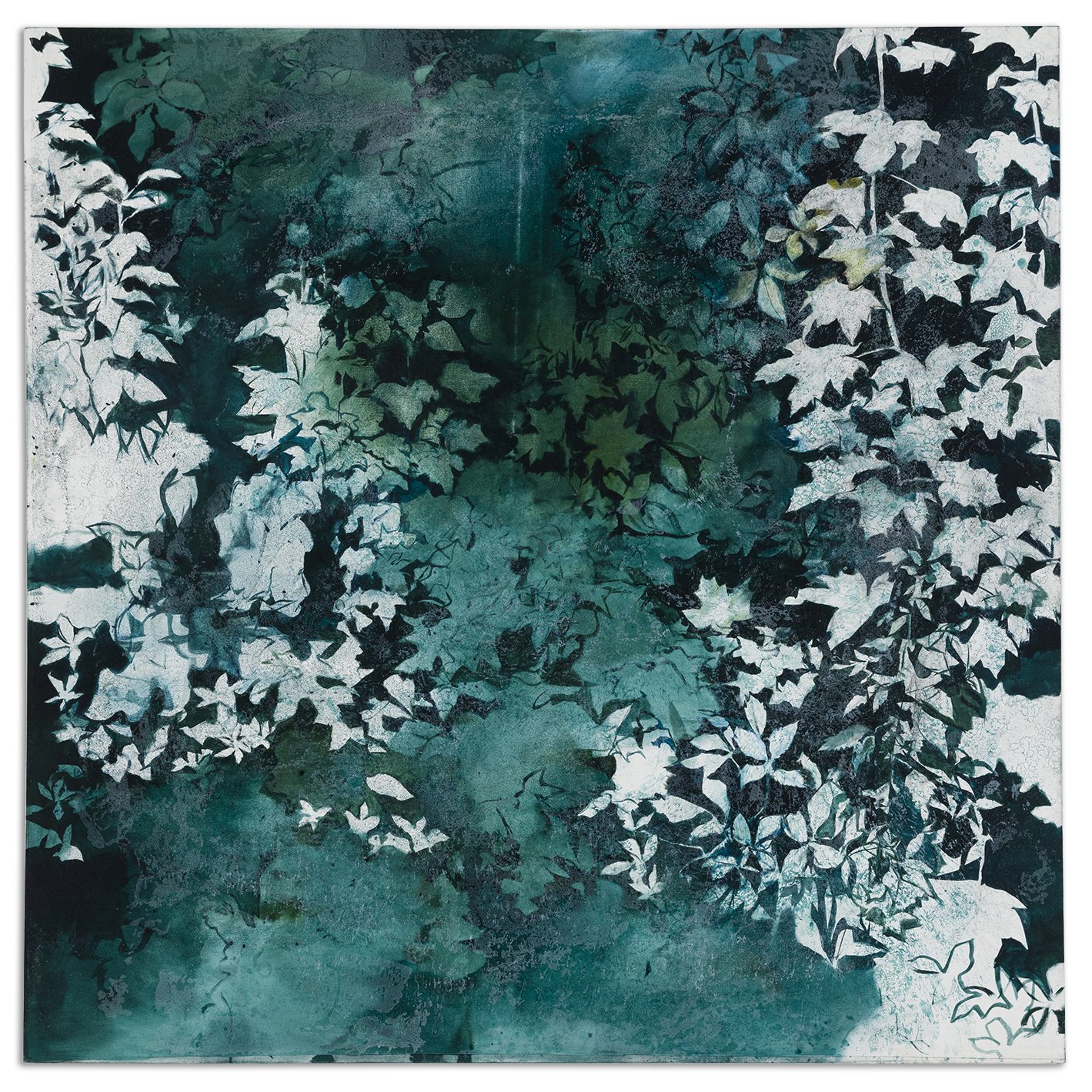Rachael Catharine Anderson
Rachael Catharine Anderson paints from observation, recording interactions between ephemera. Anderson’s main artistic influence is her unique upbringing on a small apple orchard and flower farm in Ohio, where she trained her ability to discern the subtleties of organic form, change, and interconnectedness.
Rachael Catharine Anderson. Image by Sarah Wonderling.
Anderson was always drawn to creative pursuits, even as a child. As she got older, she began experimenting with a variety of materials, like metalwork, sculpture, photography, moving images, and painting. Anderson calls each phase of experimentation a “creative love affair,” conveying her genuine pull toward all things artistic. She studied painting and drawing at The Ohio State University in Columbus, Ohio. She then received her MFA at Yale University, where she concentrated on traditional oil painting from observation.
Anderson cultivates this particular aspect of her process by documenting how light, colour, space, form, pattern, and time interact with objects like those she used in a still life or found in her garden. To her, these exchanges of minutiae open up a new aesthetic sphere. The wholly physical process of observing the textures of these relationships feels contemplative to Anderson, and she often finds herself consumed by the objects of her focus. She especially leans into the uncertainty generated by natural relationships, the idea that anything might irreversibly change at any moment.
Red Branches, 2023. Oil on canvas. 157.48 x 132.08 x 3.81 cm. All artwork images courtesy of the artist and signs and symbols gallery, New York.
Looking Glass (2023), Compost Clock (2022), and Red Branches (2023) were all created from still life arrangements in Anderson’s studio and outside her driveway in New Haven, Connecticut, where Yale is located. The carefully chosen objects investigate the way space is configured and direct the viewer to consider the structure of the things that surround them. Specifically, the crimson of the branches in Looking Glass and Red Branches lends the otherwise ordinary twigs a miraculous quality, removing them from their natural context. Details like these allow Anderson to explore strangeness and moments in paintings that get lost in translation. Her compositional approach verges toward surrealism, yet her works’ asymmetry clearly demonstrates the link they share with the natural world.
Looking Glass, 2023. Oil on canvas. 60.96 x 45.72 x 3.81 cm.
Time is also a crucial component of Anderson’s work. In Looking Glass, the mirror serves as a vessel for time travel, facilitating the extension of an object’s life throughout time. In many of her works, we decipher forms in various states of blooming and decay. Therefore, Anderson’s artwork inhabits a distinct temporal plane where multiple phases of an object’s life cycle exist at once. In Compost Clock, for example, an apple trails throughout the earthy levels of the painting, fluctuating between eaten and uneaten. Anderson’s perceptive skill is as much a subject of her work as the objects she records and the inspiration of her upbringing.
Compost Clock, 2022. Oil on canvas. 182.88 x 208.28 cm.
Anderson created Green Spectral Entry (2022) with the concept of time in mind, charting the visual development of a tangle of plants on the side of her neighbour’s house over one month. The resulting work is a journal of the plants’ evolution, chronicling each leaf and branch as it changed over the month. Anderson also aimed for a ghostly overtone in the piece, achieved through the clouding of paint in areas throughout the canvas and the silhouette-like quality of the white leaves compared to the green.
Green Spectral Entry, 2022. Oil on canvas. 182.88 x 182.88 x 3.81 cm. Photo by Etienne Frossard.
Anderson encourages her viewer to appreciate the everyday, to look harder at the objects that compose our quotidian lives that we may take for granted. Along with the influence her upbringing has on her production, she also looks at Old Masters like Leonardo and Juan Sánchez Cotán, John Singer Sargent, and the Pre-Raphaelites. She is particularly drawn to the Pre-Raphaelites’ depiction of space, relationships between non-humans, and, notably, their painting methods from observation. Anderson is also compelled by the rich colours of Fra Angelico, mirrored in her current colour palette of cobalt blues, iron oxides, crimson, green, and cadmium red.
Her artistic future will involve drawing more human figures, emphasising intimacy between the human body and the biosphere. Anderson works between her studio and the flower farm she grew up on, creating a distinctive brand of still life that reflects her many inspirations. She is represented by signs and symbols on the Lower East Side in Manhattan, where her work was on display in the recent show Bouquets from March 30 to April 29. She will have her first solo exhibition at signs and symbols in November 2023.
Gabriella Hetu
Emerging Artist Co-Editor, MADE IN BED






